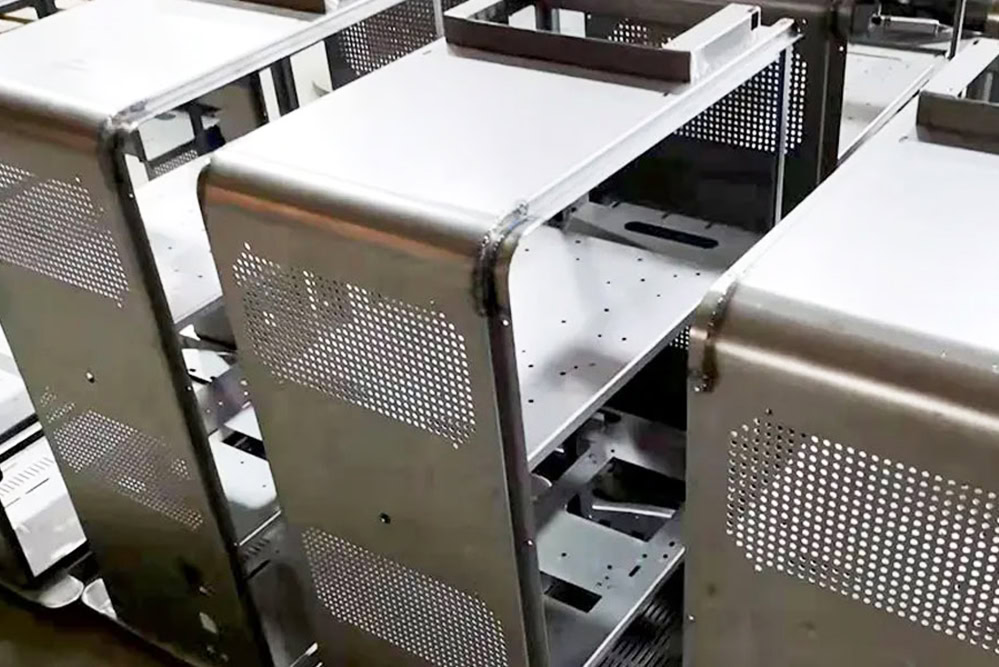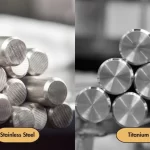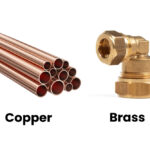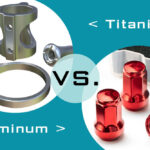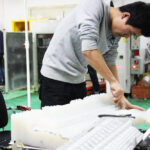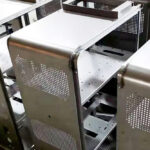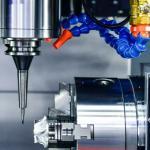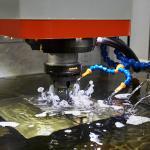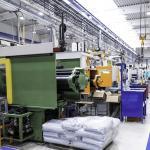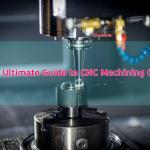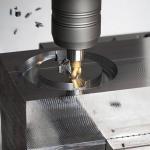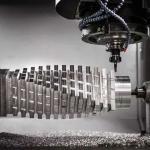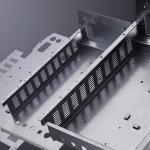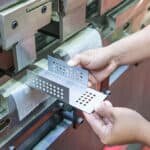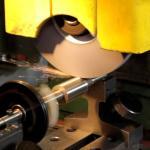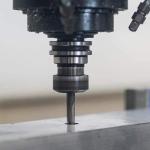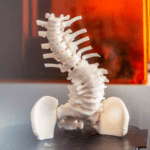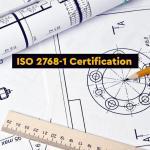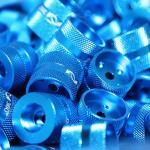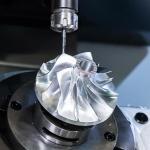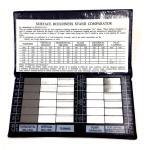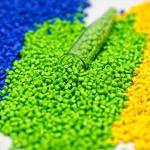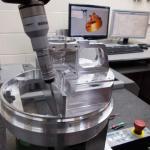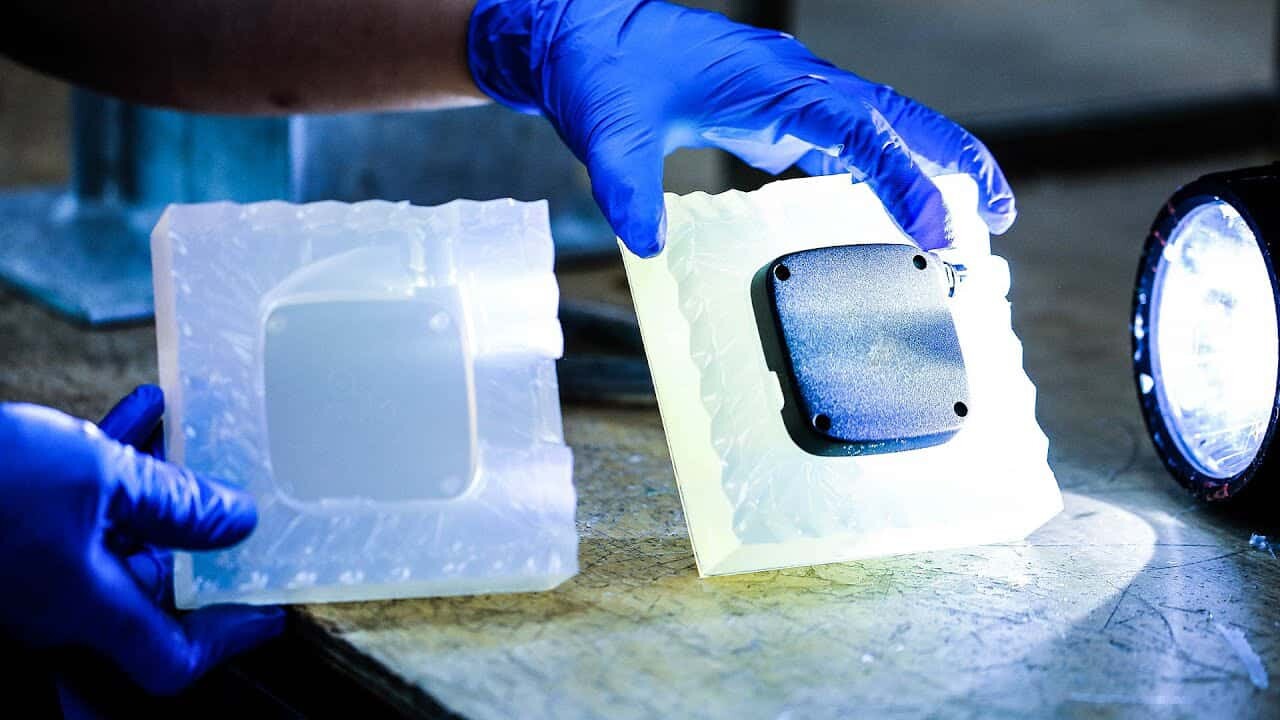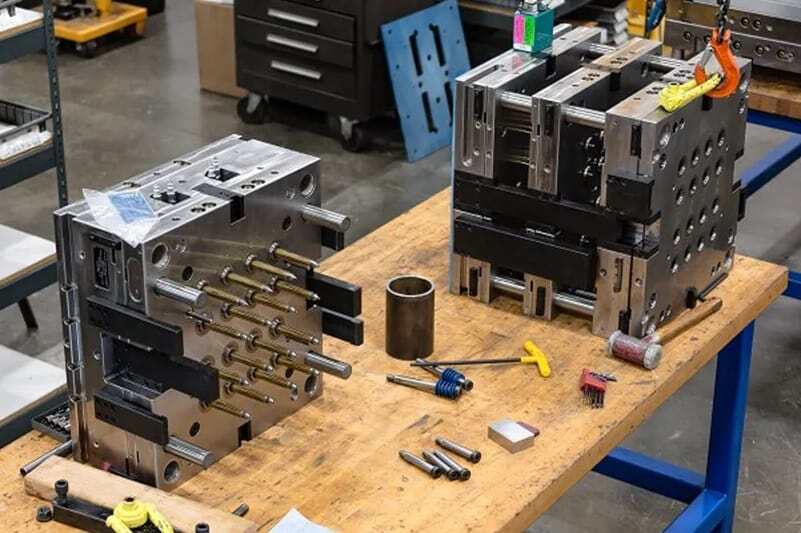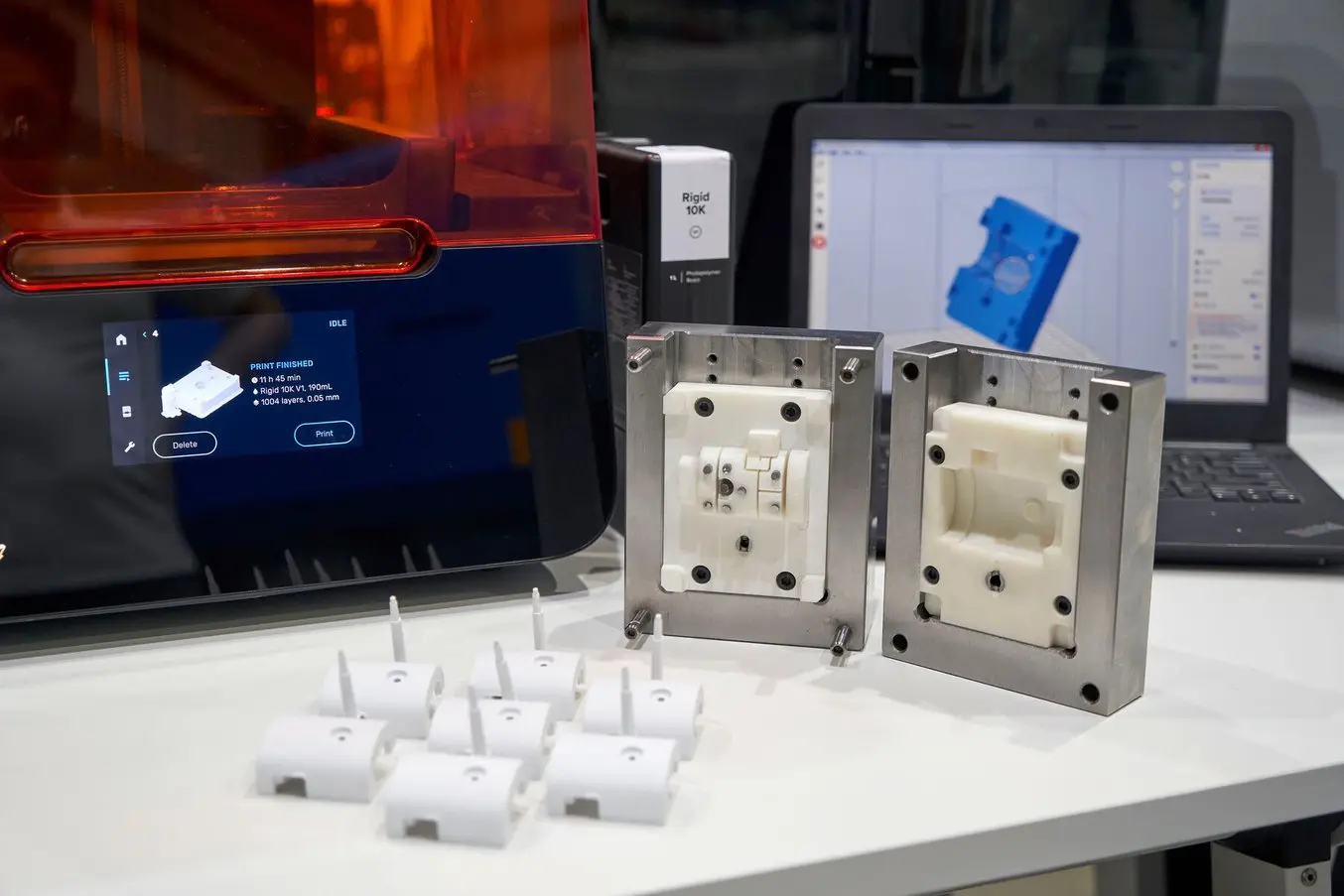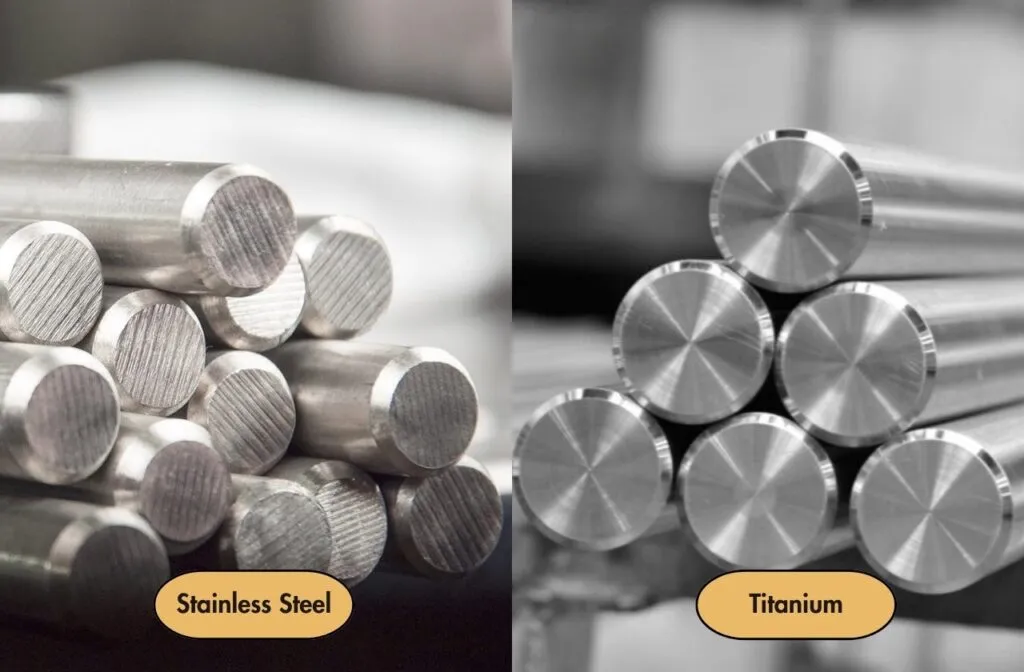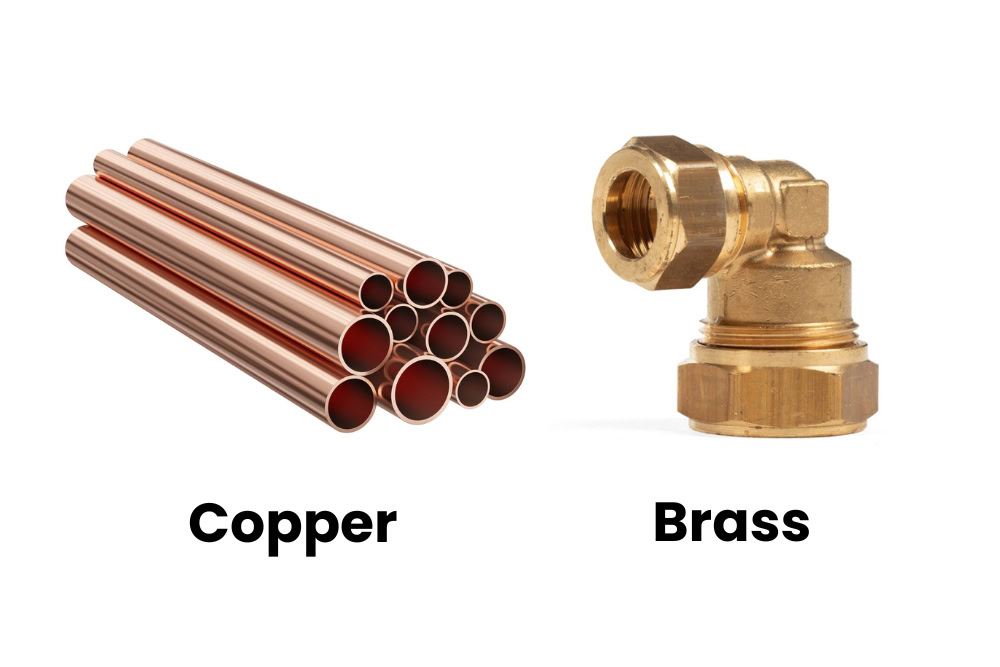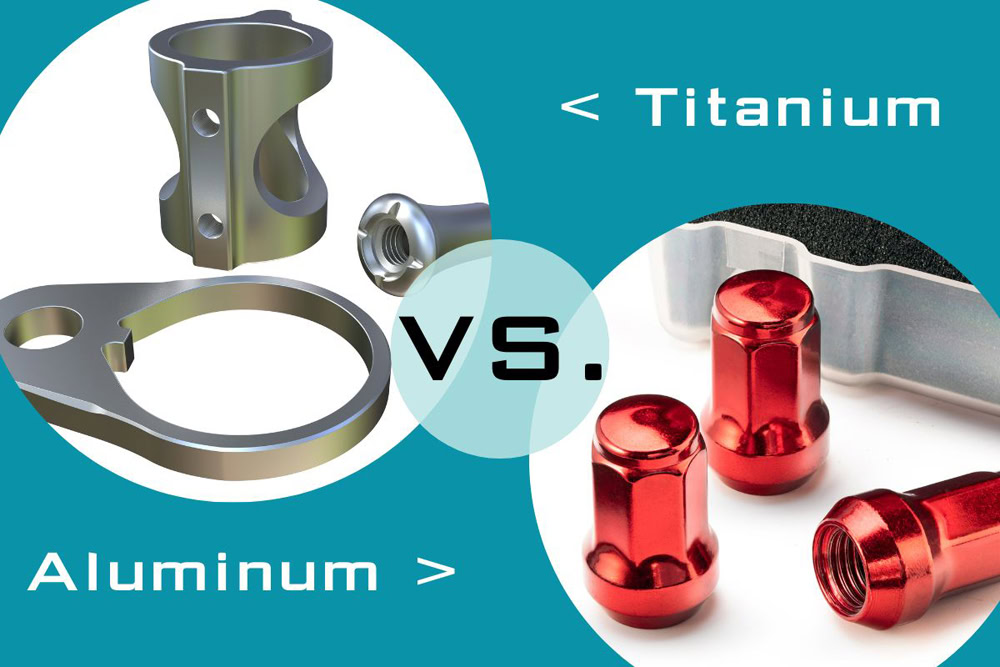Sheet metal enclosures offer many manufacturing advantages, including faster turnaround times and lower manufacturing costs. With proper design techniques, these enclosures can be optimized both functionally and aesthetically. In this article, we will explore tips and best practices for designing sheet metal enclosures. By following these guidelines, you can make informed decisions and achieve high-quality results. an – prototype’s expertise in cutting, bending, and finishing makes them an ideal partner for realizing sheet metal enclosure designs.
Table of Contents
ToggleWhat is Sheet Metal Fabrication?
Sheet metal fabrication is the creation of metal enclosures using a range of techniques.Sheet metal fabrication can be used as a fairly broad term that encompasses several different manufacturing processes. Any of the steps in the manufacturing process, including cutting, punching, bending, welding, assembling, powder coating, and other forms of metal fabrication.The purpose of this manufacturing is to produce a variety of different parts for a wide range of industries. In order to assemble these parts, both large and small, techniques such as welding are often used to create strong connections and ensure that they remain intact during their lifetime.
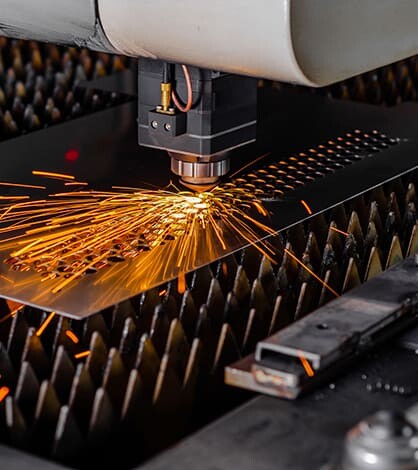
Tips for Sheet Metal Enclosures Design
Before delving into the design process, a clear overview of the purpose and requirements of sheet metal enclosures will help you through the manufacturing process. As mentioned above, these enclosures are suitable for a variety of applications. Determining the size, shape and specific equipment you need will help guide the metal fabricator in making what you need. Other requirements include your environmental conditions (whether the enclosure is exposed to extreme temperatures, humidity or chemical exposure). These considerations will help guide your metal fabricator in selecting the right substrate for the application and advise on any design decisions you may need to make. All requirements can be summarized as follows:
Expected operating conditions of the enclosure, i.e. operating temperature, exposure to corrosion, vibration resistance requirements, IP rating, etc.
Dimensional requirements.
Installation requirements, including wall-mounted, pole-mounted, desktop-mounted, etc.
Components you want to enclose in the enclosure, e.g., height and size of components, location of connectors, etc.
Aesthetic requirements.
Material for Sheet Metal Enclosure
ALUMINUM
Aluminum is a lightweight, corrosion-resistant metal that is great for enclosures and sheet metal parts. Aluminum can be powder coated or left unfinished with a bare metal or grained finish. If electrical contact is required, it must be chemically coated (chromate coating). Aluminum can also be anodized and coated with a hard, durable, protective oxide film.
Steel
Steel offers superior strength and durability, making it ideal for rugged applications and industrial environments. If your fence will stay indoors, this may be the right choice for you. Steel is a great medium for painting – the powder from the powder coating process adheres well to the surface and can give it a standout look. Think about things like first aid kits. You often see these kits painted red as a simple visual indication that a box can quickly help with a scraped knee or aspirin for a headache. But if your sheet metal shell will be staying outside for any length of time, steel may not be a good choice for your shell. Mild steel will flash rust when exposed to water. While painting will prolong the process, it won’t provide protection against rust if it’s placed outside of any facility
Stainless Steel
Stainless steel offers excellent corrosion resistance and provides all the benefits of steel without the need for protection. It also has exceptional strength and aesthetic appeal. This makes them ideal for applications that require high levels of hygiene and cleanliness, such as the medical and food processing industries. In addition, it has excellent durability, making it an economical choice for long-term use. But it can be more expensive than steel and aluminum.
Galvanized steel
Galvanized steel is a soft steel that is coated with zinc and then annealed so that the zinc binds to the substrate by diffusion, thus preventing spalling. The coating makes it more durable than cold rolled steel in wet environments, although not as durable as stainless steel or aluminum.
Copper
Copper is a soft, flexible and ductile metal with high thermal and electrical conductivity. It is most commonly used for bus bars, but sometimes, it is used in enclosure fabrication. When working with this metal type, due to its softness, care must be taken to twist the fasteners into the threaded holes, so self-locking fasteners should be used whenever possible. Primary Shell Storage Copper Alloy C110 1/8 Hard has very high electrical conductivity, as well as excellent formability, making it ideal for electrical and electronic applications.
See the comparison table for the above materials:
Material | Advantages | Considerations |
Steel | Exceptional strength and impact resistance | Heavier, may require additional corrosion protection |
Aluminum | Lightweight durability and corrosion resistance | Lower strength compared to steel |
Stainless Steel | Robustness with superior corrosion resistance | Higher cost compared to steel and aluminum |
Galvanneal | Formability and solderability | Not as durable as stainless steel or aluminum |
Copper | flexible and ductile metal with high thermal and electrical conductivity | Prone to rust |
Determine sheet metal gauge and thickness
The thickness of the sheet metal will also affect the weight, strength, punch size and flange length of the enclosure. If your enclosure needs to be small and lightweight, then choosing a thick sheet metal will make it difficult to achieve. Similarly, if your enclosure needs to be strong and durable, then choosing thicker sheet metal will ensure that it has the extra strength you need for your design.
Keep in mind that sheet metal enclosures are usually made from a single sheet, so you must maintain an even wall thickness.
In order for you to more clearly distinguish the thickness of sheet metal, please refer to the table below for our stock materials. The gauges shown are based on gauge thicknesses from the American manufacturer of CRS sheet steel. (Please note that while the gauges are provided for aluminum, they are not typically used for aluminum; the actual thickness of aluminum is more internationally accepted).
Gauge # | Carbon Steel | Galvanized # | Stainless Steel | 5052 Aluminum | 6061 Aluminum |
n/a | n/a | n/a | n/a | n/a | 0.500″ |
n/a | n/a | n/a | n/a | n/a | 0.375″ |
n/a | n/a | n/a | n/a | 0.250″ | 0.250″ |
n/a | n/a | n/a | n/a | 0.188″ | n/a |
8 | n/a | n/a | n/a | 0.1285″ | n/a |
11 | 0.120″ | n/a | 0.125″ | 0.091” | 0.1285” |
12 | 0.120″ | n/a | n/a | 0.081” | n/a |
13 | 0.090″ | n/a | n/a | n/a | n/a |
14 | 0.075″ | 0.078″ | 0.078″ | 0.064” | n/a |
16 | 0.060″ | 0.063″ | 0.063″ | 0.051” | n/a |
18 | 0.048″ | n/a | 0.050″ | 0.040” | n/a |
20 | 0.036″ | 0.040″ | 0.037″ | 0.032” | n/a |
22 | 0.030″ | 0.034″ | 0.031″ | n/a | n/a |
24 | 0.024″ | 0.028″ | 0.025″ | n/a | n/a |
26 | n/a | n/a | 0.019″ | n/a | n/a |
Choosing the Correct Shape
There are a few standard shapes you can choose from, though they are limited when compared to plastic enclosure molding. Here are common sheet metal enclosure shapes:
- Folded box — The classic four-sided box shape, provides easy access for servicing and a wide array of mounting options.
- F-Shape — Easy to manufacture, and suitable for electronics that have connectors on opposite sides.
- L-Shape — Easy to manufacture, and offers easy access for use.
- U-Shape — These are made with solid bases, and are slightly less easy to manufacture compared to F- and L-Shape enclosures.
Maintaining a consistent bending radius
It is critical to maintain a consistent bend radius throughout the design process. This radius should also align with the thickness of your sheet metal. If it doesn’t, then your enclosure is more likely to have cycling issues and a greater risk of rupture.
To calculate the correct bend radius for your design, keep in mind that the minimum flange length for each bend should be about three or four times the thickness of your sheet metal. Also, consider the material you choose. Some metals are more resistant to bending than others.
Finishing Considerations for Fabricated Enclosures
There are several sheet metal finishing solutions to choose from, with only a few considerations to keep in mind.
Powder Coating
When choosing powder, make sure your options are readily available. If we have to special order, expect minimum purchase quantities and long lead times.
Oversized enclosures can also pose a challenge, depending on the booth size and oven size of our powder coating partners. Check with our team if you are concerned that your enclosure may be too large to powder coat.
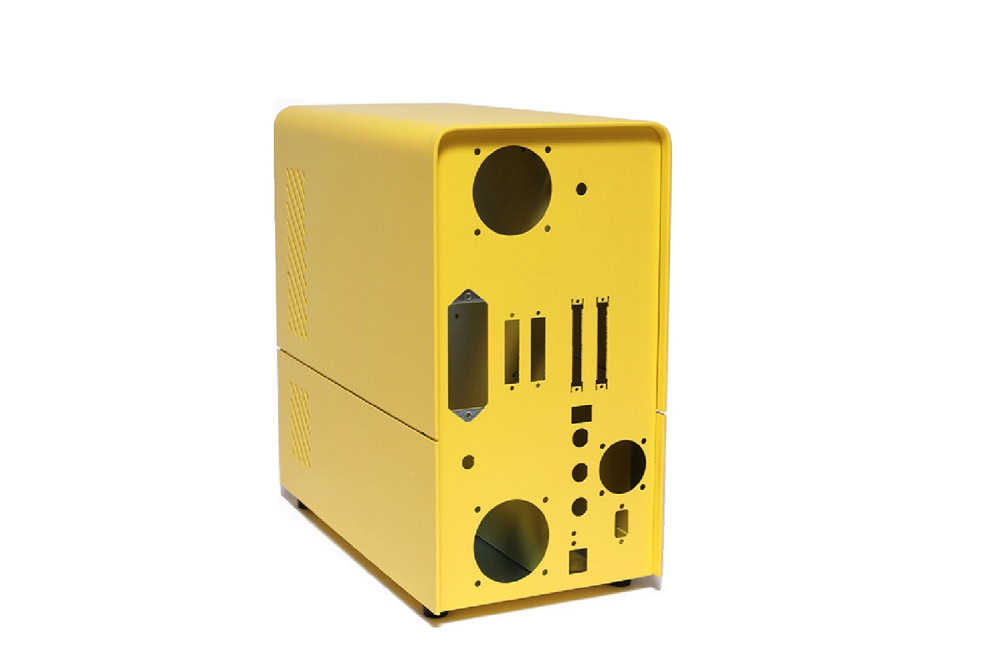
Anodizing
This is another electrochemical process for preparing the surface of non-ferrous metals. It is a surface treatment suitable for aluminum that makes the surface harder and affects a high level of corrosion resistance. The anodized surface will become part of the metal and will not peel or flake off during daily use.

Plating
Even oversized housings can be plated, but you may have to pay a premium for this service. If a standard plating shop can’t accommodate your parts, we’ll need to refer you to a specialist supplier – imagine a plating unit that can accommodate a minivan! However, these platters are quite expensive, so if we find one that needs a specialist, we will contact you immediately.
Digital Printing and Silkscreening
Digital printing and silk screening are finishing techniques that will give your design a professional look and feel. Both printing techniques allow you to clearly mark your enclosures, parts or components to identify connectors, switches, ports and more. Digital printing is also great for creating graphics such as company logos or artwork.
Both Digital Printing and Silk screening can be applied to flat panels, parts and assembled enclosures.

Selection of assembly process
Sheet metal parts can be assembled in a variety of ways. Welding is a great option when the enclosure needs to be sealed well to either keep out the weather or fluids. Welds also allow them to be ground smooth for a seamless look.Rivets are a common choice for holding metal panels together. They simply require a series of matching holes in each panel. This also makes it easy to align the panels.
Threaded fasteners can be either sheet metal screws, nuts and bolts or PEM fasteners. Sheet metal screws are quick and dirty, but are not a good choice if disassembly and reassembly may occur. They can also leave sharp protrusions. Nuts and bolts require tools to enter from both sides to tighten.PEM fasteners can be slightly more work to install, but once installed, sheet metal parts can be easily assembled.
Industries Using Sheet Metal Enclosures
Every industry AN-PROTOTYPE serves uses enclosures.
The electronics industry uses fabricated enclosures to house circuit boards, power supplies, control panels, communications equipment such as routers and switches, and other electronic components.
In the telecommunications industry, enclosures provide protection for servers, network equipment, and data storage units.
Throughout industrial manufacturing, you’ll find metal enclosures surrounding control systems, mechanical components, and power distribution units.
Medical device companies use enclosures to protect sensitive electronics, monitors and control systems from outside interference and to maintain sterility.
The automotive industry uses fabricated enclosures to surround electronic equipment, control modules and countless critical vehicle components.
Sheet metal enclosures are critical in the aerospace and defense industries, which use them to house avionics, communications systems, radar equipment and other sensitive electronics.
Throughout the renewable energy industry, enclosures protect solar power systems, wind turbines and other applications that contain electrical components and control systems.
Conclusion
At AN-PROTOTYPE, our experienced team are specialist sheet metal fabricators with a passion for exceptional quality standards and great British manufacturing.Whether we are working on mass production, volume jobs or bespoke technical projects, we are experts in providing our customers with a combination of quality and economical production methods. We know how effective steel, aluminum and other sheet metal can be when it comes to making durable products that are fit for purpose every time.
To learn more about sheet metal fabrication and how our expert operations team can help you bring your products to life, don’t hesitate to contact us! Our friendly team is always ready to help start a new project and get you the products you need.
